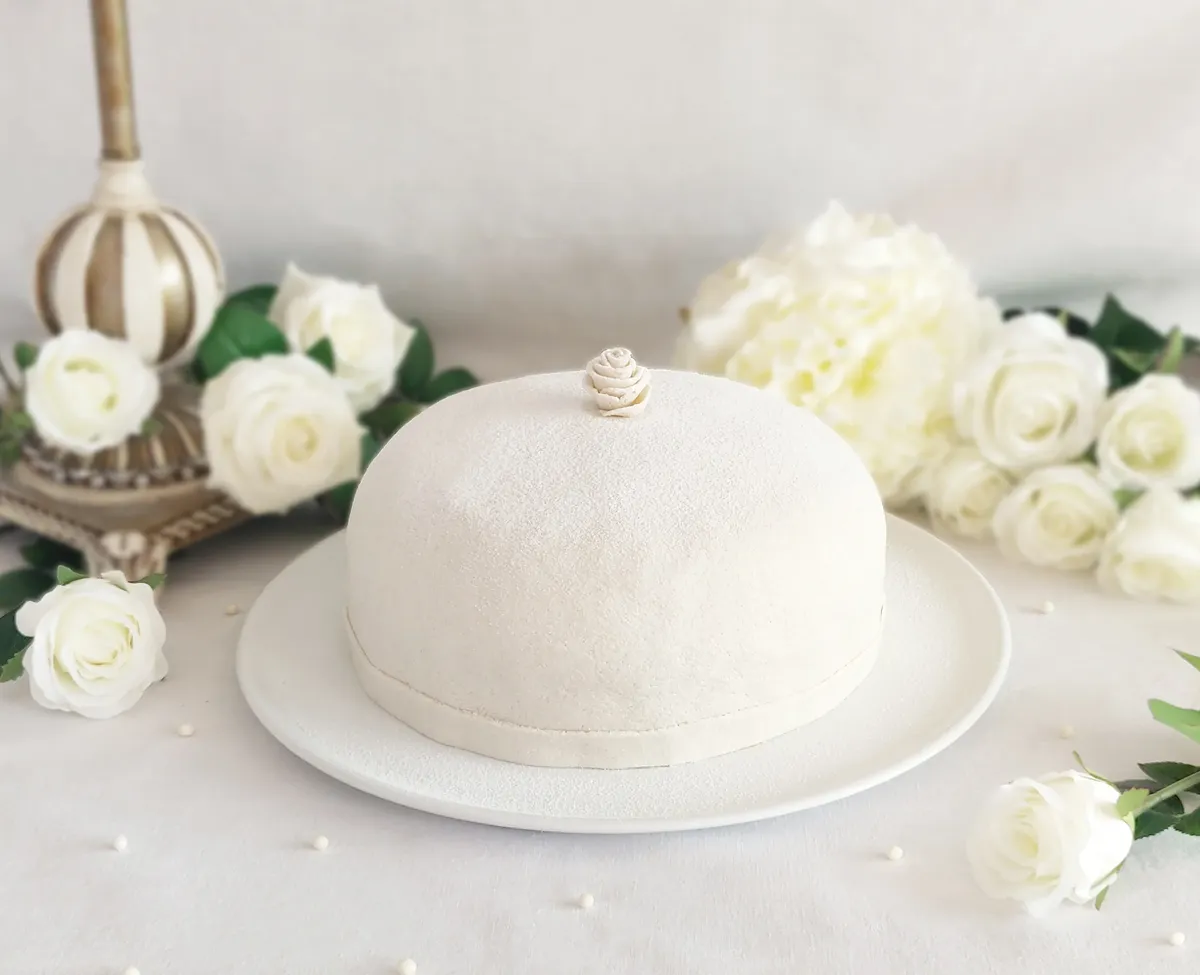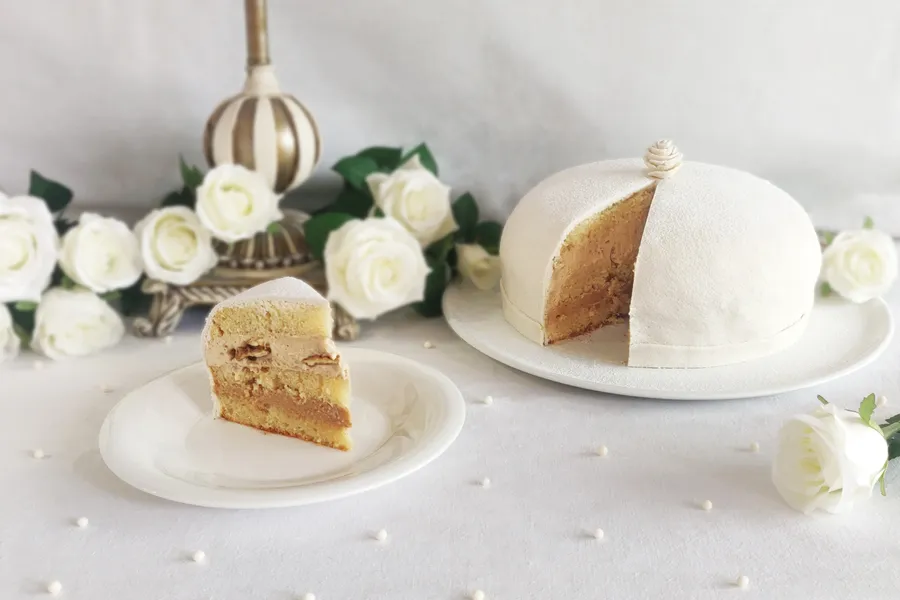
The history of White Lady cake
The “White Lady” is a traditional Norwegian cake known for its marzipan decoration and its presence at special occasions such as weddings and birthdays. While the precise origin of this cake isn't fully documented, it is rooted in Norway's rich culinary tradition and likely evolved over time due to a blend of cultural influences and local preferences.
The cake is said to be named after the German Kaiser and King of Prussia Wilhelm II (reigned from 1888 to 1918), who was a regular visitor to Bergen. On each visit, he was served this type of cake, with a macaron and marzipan base. When the cake was served again, the emperor said: “Ah, nochmal die weisse Dame...” (“Ah, the white lady again”). The “White Lady” is a ghost of German folklore. The name stuck, and it has become a classic Bergen cake that is still popular in bakeries all over Norway.
The use of marzipan in baking has deep historical roots in Europe and has been embraced across various cultures for centuries. In Norway, the tradition of incorporating marzipan into baking has become a hallmark of festive and special events, giving it a distinctive status. Although its exact inception isn't certain, the “White Lady” likely emerged as a result of blending indigenous techniques and ingredients with external influences.
The “White Lady” takes on particular prominence in Norwegian weddings, where it's presented as a centerpiece of the celebration. The cake is adorned with marzipan decorations, ranging from simple patterns to intricate designs that symbolize the union of the couple and the significance of the occasion. The custom of using marzipan in festive settings might have been influenced by the historical use of ingredients like almonds and sugar from other European regions.
The evolution of the “White Lady” could have been shaped by diverse cultural interactions over the centuries, including migrations and trade. While its exact origin remains a mystery, the cake continues to serve as a testament to Norway's rich culinary history and its importance in family and communal celebrations.

 albertoimizcoz
albertoimizcoz

